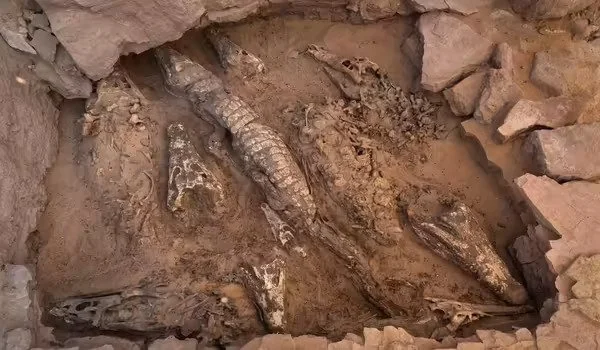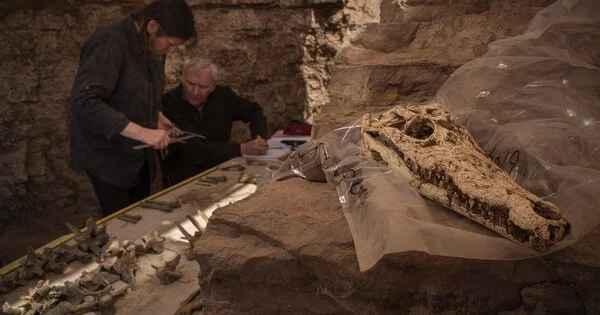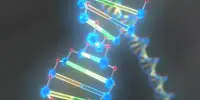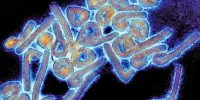Mummified crocodiles can give us valuable information about the techniques and beliefs surrounding mummification in different cultures and time periods. Studying these mummies can reveal information about the materials and methods used in mummification, as well as cultural practices and religious beliefs surrounding death and the afterlife.
According to a study published in the open-access journal PLOS ONE by Bea De Cupere of the Royal Belgian Institute of Natural Sciences, Belgium, and the University of Jaén, Spain, and colleagues, crocodiles were mummified in a unique way at the Egyptian site of Qubbat al-Haw during the 5th Century BC.
Egyptian archaeological sites are littered with mummified animals, including crocodiles. Despite the fact that there are several hundred mummified crocodiles in museum collections around the world, they are rarely thoroughly examined. The authors of this study provide a detailed analysis of the morphology and preservation of ten crocodile mummies discovered in rock tombs at the site of Qubbat al-Haw on the Nile’s west bank.
Egyptian archaeological sites are littered with mummified animals, including crocodiles. Despite the fact that there are several hundred mummified crocodiles in museum collections around the world, they are rarely thoroughly examined.
The mummies contained five isolated skulls and five partial skeletons, which the researchers were able to examine without having to unwrap them or use CT scanning or radiography. Two species of crocodiles were identified based on their morphology: West African and Nile crocodiles, with specimens ranging in length from 1.5 to 3.5 meters.
The mummies’ preservation style differs from that found at other sites, with no evidence of resin use or carcass evisceration as part of the mummification process. The preservation style suggests a pre-Ptolemaic age, which is consistent with the final phase of Qubbat al-funerary Haw’s use in the 5th Century BC.
Ancient Egyptians, for example, mummified crocodiles as offerings to the god Sobek, and the examination of these mummies can provide information on the materials and techniques used in mummy-making. Through the study of mummies, we can gain insight into ancient cultures and their beliefs and rituals.

Mummified crocodiles offer a valuable source of information on the evolution of ancient Egyptian mummification techniques. By studying the mummies, experts can learn about the materials and methods used, as well as the beliefs and rituals associated with preserving the dead. Furthermore, by comparing mummies from different periods, researchers can gain a deeper understanding of how mummification practices changed and developed over time.
Comparing mummies from different archaeological sites can help researchers identify trends in animal use and mummification practices over time. The lack of available ancient DNA and radiocarbon, which would be useful for refining the identification and dating of the remains, was one of the study’s limitations. Future research incorporating these techniques will help scientists better understand ancient Egyptian cultural practices.
The authors go on to say: “Ten crocodile mummies were discovered in an undisturbed tomb at Qubbat al-Haw, including five more or less complete bodies and five heads (Aswan, Egypt). The mummies’ preservation and completeness levels varied.”
















